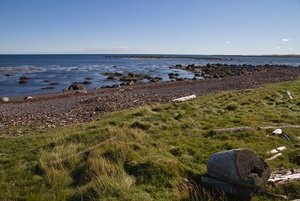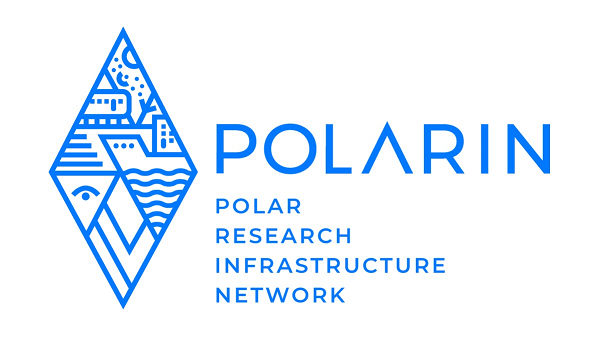Rif Field Station

Address
Rif Field Station675 Raufarhöfn
Iceland
Station manager
Pedro RodriguesStation Features
Opening year: 2014 Status: OpenFacilities
Station name and owner
The Rif Field Station is is administrated by Northeast Iceland Nature Research Centre, and it is named after the peninsula of Rif, in the northernmost part of Iceland.
Location
The station is located in Raufarhöfn, a small village on the northeast coast of the Melrakkaslétta peninsula in Northeast Iceland. The peninsula is the northernmost lowland area in Iceland, only 3 km south of the Arctic Circle. The northern part of the peninsula is an important area for conservation, especially as a habitat for many bird species. The area has no protection status according to the Nature Conservation Act, but is listed as an internationally Important Bird Area (IBA) by BirdLife International. Most of the area is privately owned but some of the abandoned farms are owned by the Government of Iceland.
Climate data
Grey colours are WMO Climate Normals including maximum and minimum values. Blue colours are individual years.
Climate data for the stations where extracted via Copernicus Climate Data Store, from the global gridded reanalysis product:
ERA5 monthly averaged data on single levels from 1940 to present.
Description and source code: Roemer J.K. 2023. https://doi.org/10.5281/zenodo.10214922
Data Source: Hersbach et al. 2023. Copernicus Climate Change Service (C3S) Climate Data Store (CDS), https://doi.org/10.24381/cds.f17050d7
Biodiversity and natural environment
The northern coast of Melrakkaslétta is highly exposed to cold northerly winds. Fog is frequent along the coast. The coast is characterized by algae rich gentle sloping gravel banks with numerous open and land-locked bays, inlets, salt marshes, and brackish lagoons. Low average summer temperature and high humidity affect the vegetation in the area, and plants of arctic origin are characteristic for the area. At least 53 species of birds have been found breeding in the area, and seabirds, waterfowl, and waders occur frequently in the area. Rock ptarmigan and purple sandpiper are found breeding in high densities. The shores of Melrakkaslétta are used by locally breeding birds as well as up to 20000 arctic waders on their way to the breeding grounds in Greenland and arctic Canada.
History and facilities
Rif Field Station was established in 2014. The station is currently housed in a three-floor building, partly run as a guesthouse. Accommodation facilities include two bedrooms, a kitchen, a living room, and a bathroom. It is available for 6-8 persons at a time. Laboratory and storage facilities are located in the basement. Accommodation for larger groups can be provided in a nearby guesthouse. In Raufarhöfn there is a grocery store, a hotel, a restaurant, a coffee shop, a bank, a post office, a health care centre, and a swimming pool. The station has unlimited access to the land of Rif, the northernmost part of Iceland, for scientific purposes.
General research and databases
The Rif Field Station is in its development stage. Research will include basic monitoring projects on weather/Climate Change, vegetation, and birds. Long-term research will be conducted on arctic species like rock ptarmigan, gyrfalcon, arctic tern, and purple sandpiper as well as on high arctic migratory birds. Data on climate dates back to 1920. Arrival dates for different bird species has been registered since 2001.
Station Monitoring
Human dimension
For centuries sheep farming was practiced along the northern coast of Melrakkaslétta, supplemented with some small scale fishing by farmers, both at sea and in freshwater lakes. Farmers also benefitted from the large amount of driftwood that washed up on the shore. Today most of these farms have been abandoned, although some are still used as summer houses. . The village of Raufarhöfn (180 inhabitants), with its great natural harbour, was established for fishery, and eider down is still collected in large eider colonies.
Access
Raufarhöfn is easily accessible by car, on paved road all the way from Reykjavík. The nearest domestic airports are at Þórshöfn (67 km), Húsavík (130 km), and Akureyri (222 km). Eagle Air operates flights from Reykjavík to Húsavík, and Air Iceland from Reykjavík to Akureyri. Norlandair operates flights between Akureyri and Þórshöfn. A limited scheduled bus service is available between Akureyri, Húsavík, and Raufarhöfn.


